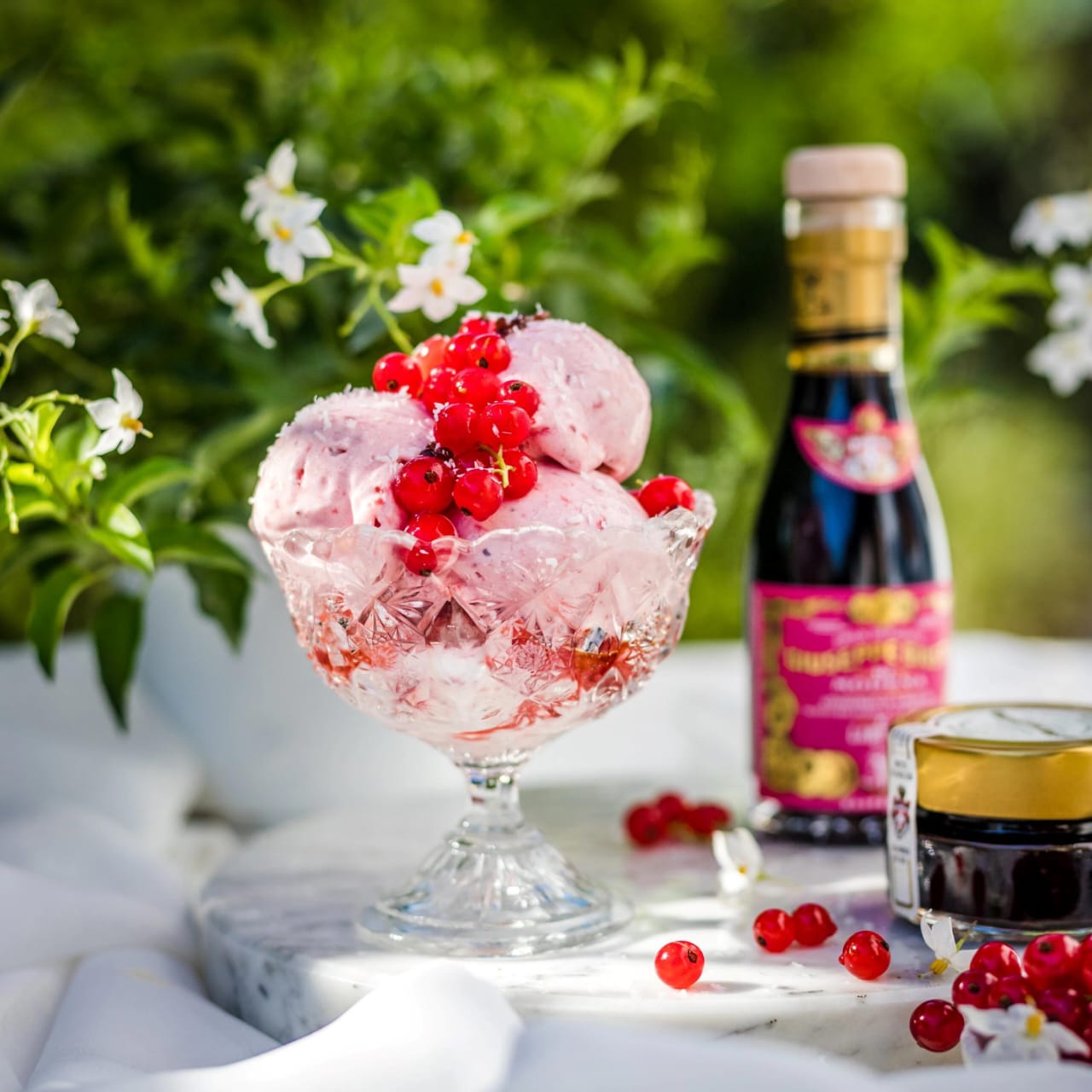Beyond the Salad: Why True Balsamic Vinegar Is the Ultimate Luxury in Your Pantry

In a world saturated with fleeting trends, true luxury is found in rarity, heritage, and uncompromising craftsmanship. We seek it in Swiss timepieces, bespoke tailoring, and vintage automobiles. Yet, some of the most profound luxuries are edible—crafted not in a workshop, but by time itself, nurtured by generations of artisans.
Among these treasures is a dark, viscous elixir from the heart of Italy’s culinary valley: authentic balsamic vinegar. Forget the thin, acidic dressing you find in most supermarkets. We’re talking about a condiment so complex and revered that it transcends its role in the kitchen to become a statement of taste and sophistication.
The Art of Time: What Defines an Italian Elixir
The story of true balsamic vinegar begins in one specific place: the provinces of Modena and Reggio Emilia in Italy. Here, under the region’s unique climate of hot summers and cold winters, families have been perfecting this “black gold” for centuries. The process is a testament to patience, an art form that technology cannot replicate or rush. It is a slow, meticulous journey from grape to bottle that sets this culinary masterpiece apart.
From Grape Must to Liquid Gold
Unlike ordinary vinegar, which is made from wine, traditional balsamic begins with pure grape must—the freshly pressed juice of local Lambrusco or Trebbiano grapes. This must is cooked down slowly in open copper cauldrons for hours until it reduces by about half, becoming a thick, sweet syrup. This cooked must, or mosto cotto, is the sole ingredient.
The magic truly begins when this syrup is placed in the acetaia, a vinegar attic, to age. Here, it embarks on a long journey through a series of wooden barrels of decreasing size, known as a batteria.
- The Woods: Each barrel is made from a different type of wood—oak, chestnut, cherry, ash, mulberry—and each imparts a distinct character, aroma, and flavor note to the aging vinegar.
- The Process: Every year, a portion of the vinegar from the smallest barrel is bottled. The barrel is then topped up with vinegar from the next-largest one, and so on up the line, with the largest barrel receiving the new season’s cooked must.
This patient process, known as the Solera system, allows the vinegar to develop an incredible depth of flavor. A true “Aceto Balsamico Tradizionale di Modena D.O.P.” must be aged for a minimum of 12 years, with the most exceptional bottles, labeled Extravecchio, maturing for over 25 years.
More Than a Condiment, A Culinary Experience
Understanding its origins elevates one’s appreciation, but the true revelation comes with the first taste. A few drops of this viscous, glossy liquid are enough to transform a dish. The flavor profile is a stunning symphony of sweet and sour, with complex notes of fig, cherry, molasses, and rich wood.
It’s an experience that has little in common with its mass-produced imitators. This is why discerning chefs and food connoisseurs consider authentic balsamic vinegar of Modena an indispensable tool for elevating the ordinary to the extraordinary.
How to Savor a Culinary Jewel
Using a 25-year-old balsamic on a simple green salad would be like using a vintage sports car for a grocery run. While possible, it misses the point entirely. This is an ingredient to be showcased, not hidden.
- On Parmigiano-Reggiano: A few drops drizzled over a chunk of aged Parmesan cheese is a classic Italian pairing that is simply sublime.
- With Fruits and Desserts: It magnificently enhances the sweetness of fresh strawberries, figs, or even a simple vanilla ice cream or panna cotta.
- To Finish a Dish: Use it as a finishing touch on a perfectly seared steak, a piece of grilled fish, or a creamy risotto. The key is to add it after cooking to preserve its delicate and complex aromas.
A Mark of Authenticity in a World of Imitations
As with many luxury goods, the market is flooded with imitations. The term “balsamic vinegar” is not always protected, leading to countless bottles that use wine vinegar, caramel coloring, and sugar to mimic the real thing.
To ensure you are acquiring an authentic product, look for the seals of approval. The coveted D.O.P. (Denominazione di Origine Protetta) certification is the highest guarantee, reserved for the traditional vinegars aged for 12 or 25 years.
For a high-quality yet more versatile option, look for the P.G.I. (Protected Geographical Indication) seal, which guarantees the vinegar was produced and matured in Modena, offering a superb taste of the region’s heritage for everyday culinary use.
Investing in a bottle of genuine balsamic is more than a culinary purchase; it is an acquisition of art, history, and flavor. It’s an acknowledgment that the finest things in life are not made in a moment but are perfected over decades, a rich and delicious testament to the enduring power of tradition.




